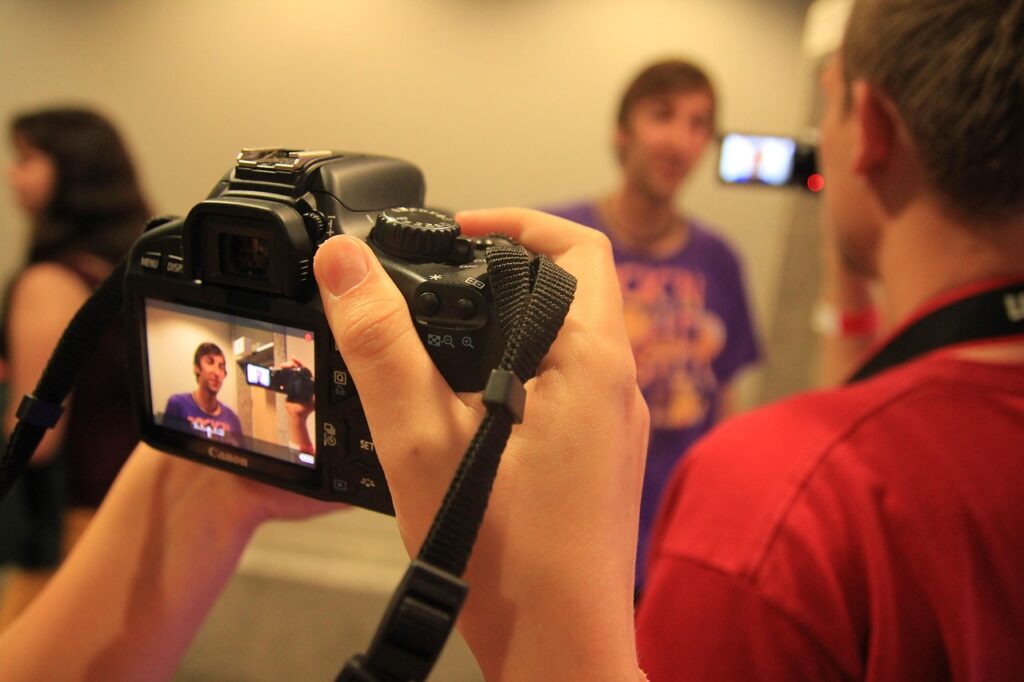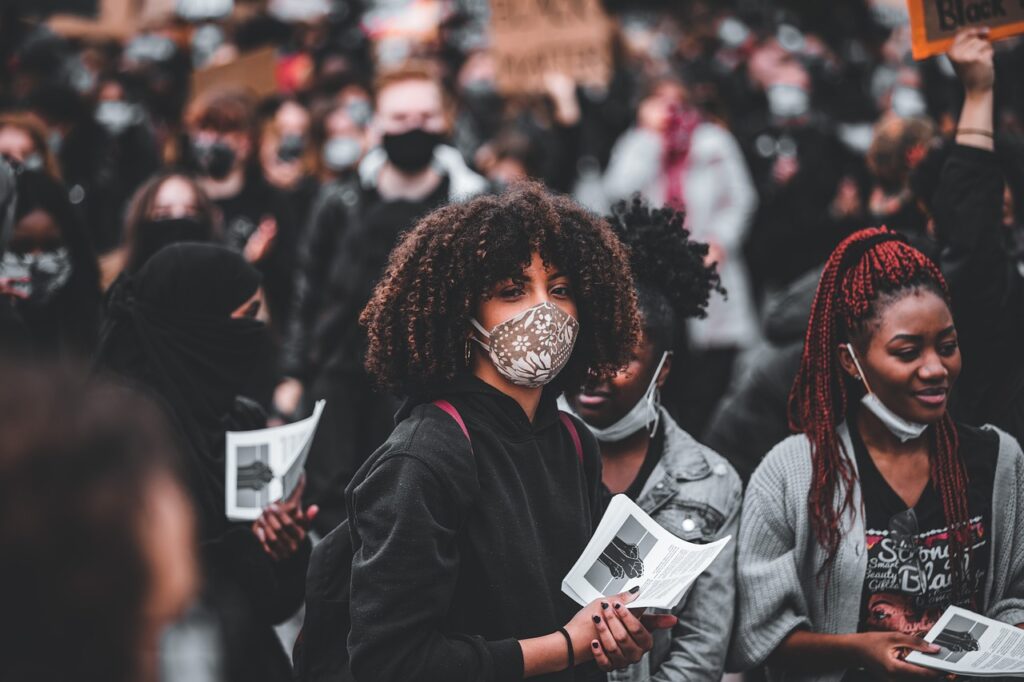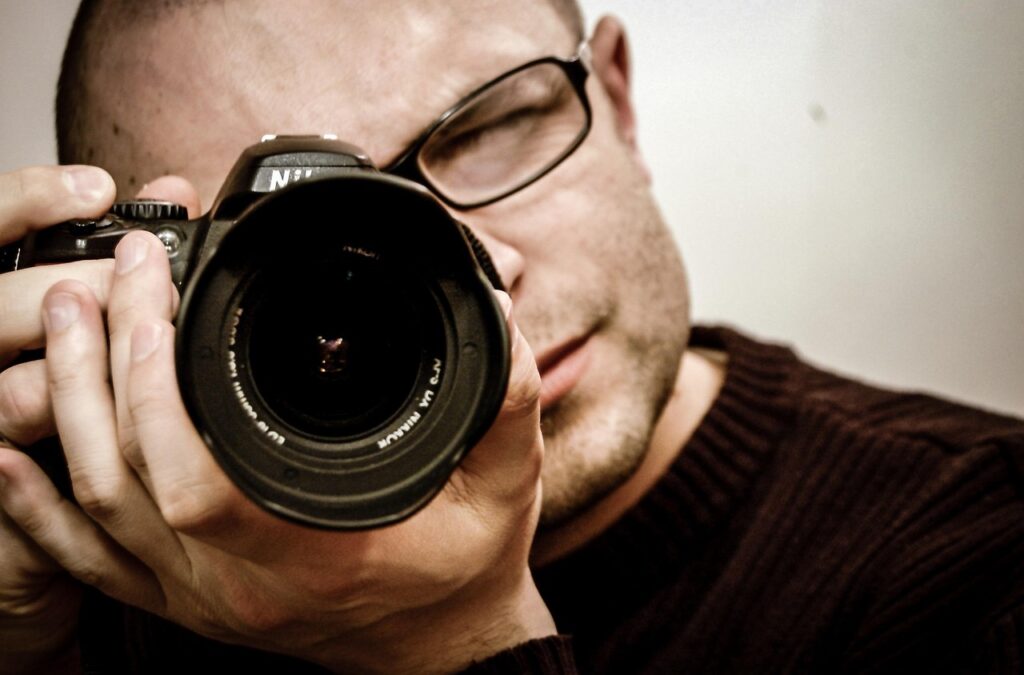Key takeaways
- This guide explores the answer to the question, how much to charge for event photography.
- Several factors influence event photography rates, including market rates, the photographer’s skill level, deliverables, and type of content.
- To determine the right rates for your services, you need to take into account all your fixed and variable costs.
- Fixed costs are costs you will incur no matter what, such as rent, office costs, employee salaries, and so on.
- Variable costs differ from job to job and can include fuel prices, the cost to rent any additional camera equipment that is needed, and so on.
- After calculating costs, you add your profit margin to determine the event photography hourly rate you want to set.
- Make sure to complete a thorough market and competitor analysis before you set your price to ensure you price your services competitively.
Pricing a service is tricky. When it comes to fields such as photography, it gets even trickier as it is a service, skill, and art form combined in one. As an artist, you can never place a value on your art, and as a skilled professional, you will always feel your time is worth more than many will be willing to pay for it. So, how much to charge for event photography without undervaluing or overcharging for your skill and time?
This guide explores the factors that affect event photography prices, such as whether you a have a photography degree, or a strong portfolio, or not. Here, you will find a blueprint detailing how you can price your services just right as an event photographer.
What factors influence event photography pricing?

When it comes to setting the value for your work, the job is tougher than it feels at a glance. Moreover, often what you think your skill and service are worth will not align with what the customer thinks it’s worth. Not to mention, nearly every customer tries to bargain to get a lower price, and sometimes you can afford to stand your ground and potentially even lose a project, but sometimes you cut your losses and accept a photography job that does not pay what you would ideally want it to.
But that does not necessarily mean that you sell your services cheap. Through this guide, you will learn how to cater to different clients with different budgets. But first, let’s understand the factors that affect the cost and, ergo, the pricing for event photography.
- Target market – if you are targeting corporate events or weddings, you can charge a higher per-hour rate than if you focus on small gathering events and private parties.
- Market rate – check what other photographers with the same target market as you are charging.
- Experience level – Budding photographers who have just entered the industry cannot afford to charge as much as established professionals.
- Skill – Even though this is subjective, it is a very important factor. An event photographer with a professional flare, great portfolio showcasing their expertise and proficiency in different styles can charge a higher price.
- Deliverables – Photographers that offer additional services such as post-processing, downloadable digital copies, or prints can charge higher for their combined services.
Related: Are photography and video editing courses useful?
Learn how much to charge for event photography!

Whether you are part of a team or are starting your own photography business, being able to set the right price has a direct impact on the sustainability of your business, especially in the start. So, let’s take a look at the steps you need to follow when trying to determine how much to charge for event photography services.
Calculate your fixed costs
First and foremost, you must take into account all your fixed costs. These are costs you will incur regardless of the nature of the job. These include studio rent, cost of the equipment, salaries to be paid to assistants if applicable, and so on. The money you earn from the events you cover will pay for these fixed costs, so you need to take these should be your first and foremost consideration.
Account for your time
Your time is incredibly valuable as a photographer. Every minute you spend on a job, you are essentially not spending on another job. So, make sure you take into account the pre-production time required to set up the space for a shoot, wait time if the client is late, the time spent on post-processing and finalizing images, all the way up to the delivery of the agreed-upon product.
If you have agreed to any number of revisions or changes, make sure you account for the time it may take to cater to those as well. In the service industry, time is money. The more time and effort you will need to put into an event, the higher your charge should be. Additionally, the more services you provide, the higher you can charge. So consider taking private photography lessons to polish your skills.
Are there any variable costs?
Variable costs are expenses that vary depending on the job. These include fuel, rent for any additional required equipment, additional coverage requests a client may put forth, such as portrait shots, and so on. Make sure you discuss the client’s expectations in detail and jot down their requirements so you are well aware of any variable costs that you may have to account for.
For example, if you are covering a corporate event indoors, you will probably need additional lighting or flash for your camera. If you are covering an outdoor event, you may need reflectors, camera hoods, UV filters, and so on.
Conduct market research
Knowing your competition can be your biggest strength in the photography industry. What your competitors are charging plays an important role in determining what you will be able to charge. If you end up charging significantly higher than your competitors, you will lose customers to other event photographers offering the same deliverables at a lower rate.
When running a competitor analysis, make sure to look at photographers with a similar experience level and target market as yours. Experienced professionals, with a loyal customer base or those targeting a niche market, will charge more for their services. Budding photographers cannot use their prices as a reference range to set their event photography pricing.
Related: 6 tips to succeed as a freelance photographer
Apply your profit margin
Once you have all your costs down, you apply a profit margin. Up until now, you have been accounting for all your fixed and variable costs. Now, you will determine your take-home income, which is your profit margin. Determining how much you earn from each project is not as easy as it sounds.
Even though it is subjective, you can use some guiding factors to determine how much to set as a profit margin. These include your skill level, the camera equipment you use, the services you offer, and the post-production work and deliverables you offer. Again, keep your competitor’s pricing in mind to ensure you do not end up overcharging and are able to land contract photography jobs.
Create a price list
Now that you are done with all your calculations, it’s time to set event photography rates. Generally, event photographer rates vary depending on the size of the event and expected deliverables. If you are covering a wedding, you may also be asked to take some portraits of close friends and family, even if the bride and groom have a separate photographer to capture their portraits.
Instead of wondering how much to charge for portrait photography or what the small event photography pricing should be, you need to jot down the charges for all your services.
| Event photography price list | ||
| Service | Per piece quote | Bundles |
| Event coverage | $300 per hour | $2200 per day (8 to 10 hours) |
| Portraits | $12 | 10 for $100 |
| Prints | $20 | $180 for 10 |
| Post-processing | $5 | N/A |
| Deliverable high-quality images: 60 – 70 per hour | ||
While this is just a hypothetical table and in no way reflects real-life prices, it does give a clear example of an event photographer’s cost and details, event photographer hourly rates. Moreover, having a clearly drafted price sheet allows you to respond to customer queries quickly, makes you look professional, and leaves a great impression.
How much to charge for photography – Pricing strategies
Events come in all shapes, forms, and sizes. From outdoor events, corporate events, seminars, exhibitions, weddings, birthday parties, and more. When trying to determine how much to charge for event photography, the type of event is a major consideration. Wedding coverage rates are significantly higher than those of birthday parties, as the scale of the event is generally higher. Corporate event photography rates are even higher than those of weddings in most cases.
Here is an example of average price rates for different types of events to help give you an idea of how much an event photographer costs.
| Event type | Hourly rates |
| Corporate events | $150 – $500+ hour |
| Weddings | $200 – $600 per hour |
| Private parties | $100 – $400 per hour |
| Public events | $300 – $1000 per hour |
| Seminar | $500 – $1500 per day |
These rates include a range of rates from the lowest you can expect from a professional photographer to the highest. Of course, there may be some photographers charging lower than even the lowest rate mentioned in the table above, and some who could be charging higher. The rates will vary depending on the photographer’s skill level, industry recognition, and demand.
What makes event photography stand out?

The answer to how much do event photographers charge often leaves people astounded. Event photography can appear quite costly at first glance. But in those per-hour rates, event photographers provide a lot of services, not just limited to the day of the event. Many also offer downloadable images, prints, post-processing for selected images, and more.
Additionally, covering an event requires significant skills and expertise. An event photographer goes above and beyond to capture not just the memories, but also emotions, exact events, decor, event progression, and so much more. They must constantly be observing, moving, and ensuring they capture the moments that matter the most.
Related: Should I get a digital photography degree?
Enter the event photography industry with the right pricing blueprint!
When your services are priced just right, customers are drawn to you like a moth to a flame. However, you have to make sure you offer them their money’s worth. Over time, once you have established a name for yourself in the industry, developed a strong portfolio, and refined your skillset, you can always revise your event photography hourly rates.
But when you are trying to break into the market, follow the steps we have detailed in our smart photographer’s guide to pricing their services right! With research, calculations, and competitor analysis for reference, you will be able to set a reasonable price for your event photography services.
You may also be interested in: Exploring photography business ideas to start in 2025